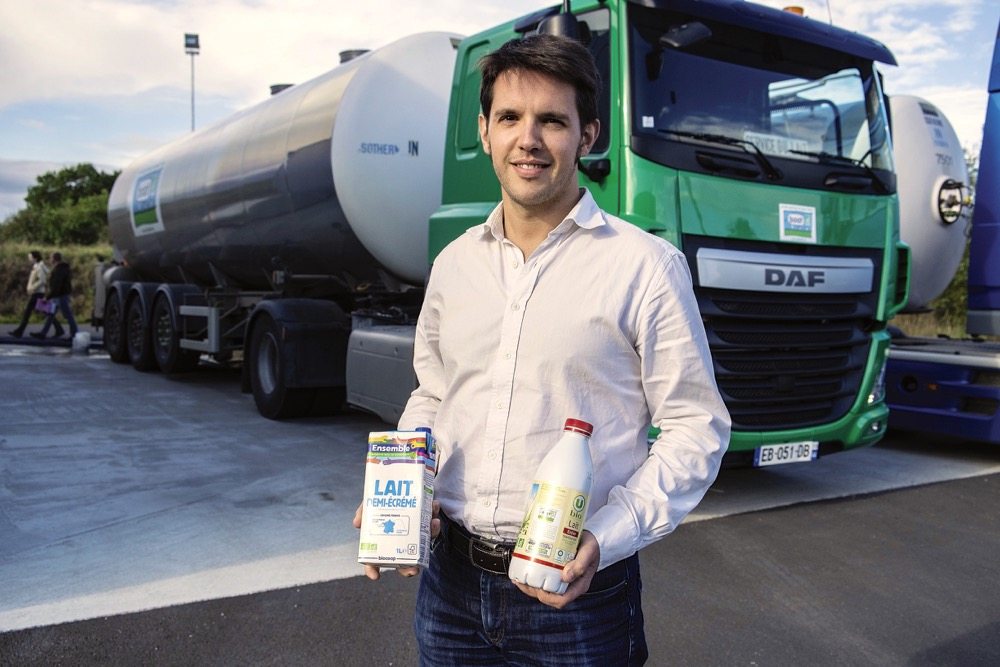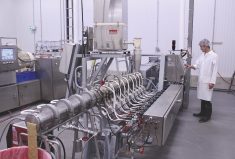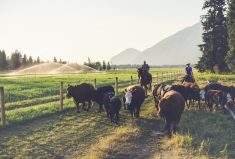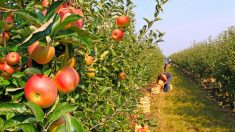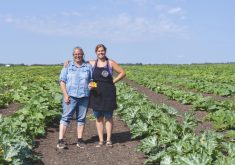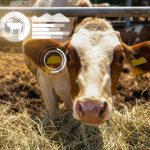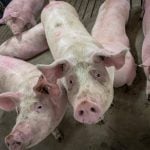When I meet him at their brand new headquarters in Saffré, a village in western France, it’s clear Théofile Jouve, director general of Biolait is a proud man. “In 2013, when the price of conventional milk was almost the same as organic milk, we had 60 farmers ask to be part of our business,” he tells me. “In 2016, we had 400.”
Biolait, it turns out, is the opposite business model of the “1,000 Cow Farm” as it collects milk from 1,200 producers across a wide area. Founded in 1994 by two dairy-farming couples, Biolait today markets a third of the country’s organic milk production.
Read Also

What to consider when setting up farm-related business ventures
Things to consider before launching a farm-adjacent side business.
That production here has doubled in the last 10 years and represents 2.3 per cent of the national supply.
The growth of the milk volume handled by Biolait is extraordinary. From 37 million litres collected in 2007, it now handles 190 million litres. And in 2018, Jouve expects to manage 260 million litres, an increase of 37 per cent in one year.
“We sell the milk to a hundred dairy processors,” Jouve explains. Biolait doesn’t process a single drop of milk. But it sells the raw milk to processors whose UHT products line the milk sections of giant French supermarkets like Carrefour, Systeme U, and Biocoop not only in France but in 10 other countries, including China.
For Joachim Perrocheau, Biolait has been a blessing. At 44 years old, he had done various jobs before registering himself in an animal production technical course and choosing to become a dairy farmer eight years ago. He now handles the 135-cow milking herd of the Groupement Agricole d’Exploitation en Commun (GAEC) les 4 Saisons of which one of the five members is a founder of Biolait.
“My neighbours think my cows are goats!” Perrocheau says laughing. The average annual milk production per cow is 4,700 litres of milk, or 17 litres per day. Perrocheau only counts on the hay and the cereals produced on the farm to feed the animals. He carefully manages 230 hectares of pasture to get each precious blade of grass during the 12-month growing season which can be badly affected by drought. The investment in machinery is maintained at strict minimum and shared with other farmers under a co-op system called CUMA (coopérative d’utilisation de matériel agricole).
In 2017, he got an average price of 450 euros (C$675)/1,000 litres of milk whereas a conventional producer would get an average of 300 euros (C$450).
According to Perrocheau, with organic milk it takes a quarter of the volume to generate the same net income as conventional milk. “I don’t wake up at night because of stress,” he says, still laughing.


